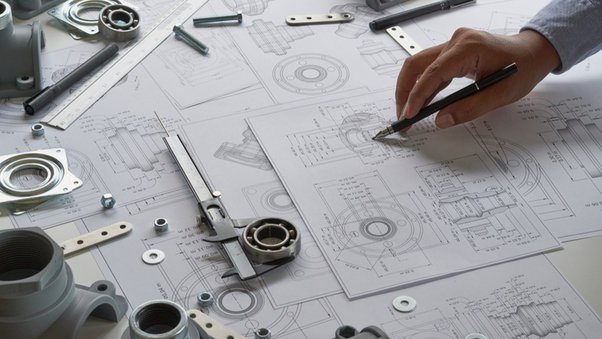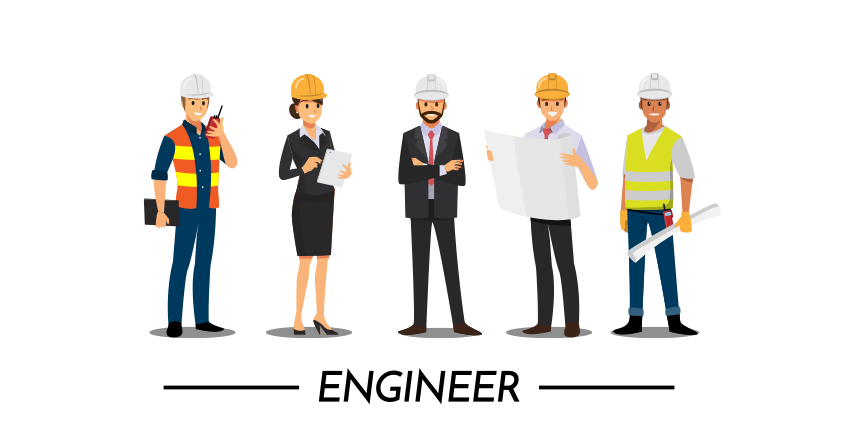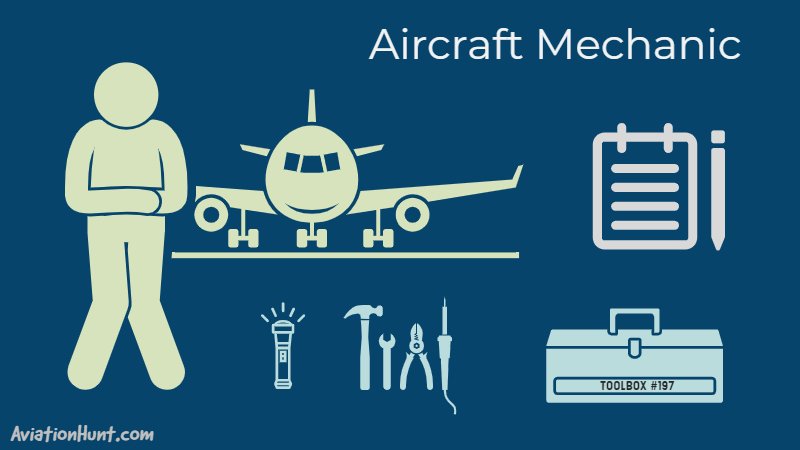
Safety engineers work in the safety field, creating and implementing integrated management system. This profession requires a thorough understanding of legislation, standards, and systems. They must also be familiar with relevant technologies. Below is a list of job duties and education requirements to become a safety engineer. A Bachelor's degree is necessary to become a safety engineers.
Job duties of a safety engineer
A safety engineer's job duties include identifying and analyzing hazards in the workplace and reporting on them. They also conduct occupational disease investigations and carry out accident investigations. Other duties of safety engineers include analyzing statistical data and interpreting safety regulations. They develop safety features that protect workers and the environment. They test machinery and equipment to make sure they are safe.
Safety engineers can work in the office or on the ground. They are responsible for testing buildings, machines, tools and processes to ensure that they don't cause accident. They may also work together to improve safety procedures. Safety engineers can be found in the field designing and testing underground mine equipment. They may also be responsible for managing rescue teams.

Safety engineers are also responsible for ensuring that processes and products are safe. They could be responsible for developing new procedures or processes, presenting them in writing to management, and making sure they are understood by workers. They may also lead seminars or organize training classes for employees.
Education requirements
Because the safety engineer's role involves developing an integrated management system to prevent injuries and accidents, there are many education requirements. This role requires an extensive knowledge of safety regulations, legislation, as well as systems. You must also have excellent interpersonal skills. This article will cover the most critical educational requirements for safety engineers.
Typically, you will need a bachelor's degree in a related field such as engineering. Some universities offer special courses in safety or health. Be sure to check that the program is accredited through the Accreditation Board for Engineering and Technology. Also, a master's degree is helpful in safety and health. This will give you more work experience and help you get hired.
Computer skills are an important skill. Safety and health engineers must be able to integrate different systems and anticipate changes in human behavior. Strong work ethics are essential, along with technical skills. You must conduct regular reviews, maintain records, guide workers, and implement countermeasures that prevent accidents. You will also need to have strong communication skills so you can effectively interpret safety regulations, explain their purposes, and develop training materials.

Perspectives on the job
A safety engineer has many responsibilities. One of these duties is to develop an integrated management system. The position requires an extensive knowledge of different standards, legislation, systems, and procedures. A safety engineer will also be responsible for developing and implementing safety programs. This includes helping with the creation of a safety policy or risk assessment tool.
As a safety and health engineer, you can make a career out of it. You are responsible for the safety and well-being of people, products, buildings, and the natural environment. You will have the ability to use your creativity to solve a variety of problems as a safety and health engineer. This career also offers great benefits and competitive wages. Check out the sample job descriptions below to see if this is something you are interested. This will help you get a better idea of what employers are looking to hire.
You can find a career as a safety and health engineer in many settings, such as offices, laboratories and industrial plants. They may also spend time working outdoors and traveling to work sites across the United States. Some jobs require overtime. These professionals use scientific and analytical tools to ensure workplace safety and environmental quality. They will also need to be proficient using CAD software and computer assisted design.
FAQ
What does a Chemical Engineer Do?
Chemical engineers employ math, science engineering, technology, as well as business skills to develop chemical processes and products.
Chemical engineers have the ability to specialize in areas such a petroleum refining, pharmaceuticals or food processing.
They work closely alongside scientists and researchers to solve difficult technical challenges.
Engineering What?
Engineering is simply the application of scientific principles in order to create useful things. Engineers use their science and math knowledge to design and build machines, vehicles and bridges, aircraft, spacecraft, robots and tools. They also create electronic circuits and other devices.
Engineers can be involved in research, development, maintenance, testing and quality control. They also have the ability to teach, consult, and make decisions about law, politics and finance.
Engineers have many responsibilities. They can design and build products, systems and processes; manage projects; perform tests and inspections; analyze data; create models; write specifications; develop standards; train employees, supervise workers and make decisions.
Engineers can choose to specialize in specific fields such as electrical, chemical or civil.
Some engineers are more interested in specific types of engineering than others, including aeronautics and biotechnology, computing, electronics energy, industrial, maritime, medicine, nuclear, robotics space transportation, telecommunications and water.
Engineering is difficult to learn?
It depends on the meaning of 'hard'. If you mean difficult, then yes, but if you mean boring, then no. Engineering isn't difficult because it involves a lot of maths, physics, and calculations.
If you're interested in learning how to do something, then go for it! Engineering doesn't require you to be an expert.
Engineering is fun if you're doing something you love.
Engineering is not difficult if one knows everything. However, this is false.
The reason engineers think they are boring is because they haven’t done anything else.
They're just sticking to the same old thing, day after day.
However, there are many solutions to problems. Each approach has its advantages and disadvantages. You can try them all to find which one is best for you.
Statistics
- 14% of Industrial engineers design systems that combine workers, machines, and more to create a product or service to eliminate wastefulness in production processes, according to BLS efficiently. (snhu.edu)
- 8% Civil engineers solve infrastructure problems. (snhu.edu)
External Links
How To
How to read engineering drawings
Engineering drawings are a visual representation of an object. You can find many elements within them, such as dimensions, symbols or text. Engineering drawings have been around from ancient times. In Egypt, 3000 BC was the first time a drawing was recorded. They are used to design objects such as bridges and buildings.
Engineers use engineering drawings to describe what something looks and feels like. This helps others to understand what you are talking about. Engineers create things using numbers and symbols to indicate measurements. This makes it simpler for people who don’t understand engineering.
There are two main types: 2D or 3D.
2D drawings are flat representations of three-dimensional objects. These include plans and sections, elevation views and axonometric projecteds.
3D drawings can be used to show real-life objects at multiple angles. They are most often created with computer software. SketchUp is a program that allows you to visualize the structure of a bridge from above. You would then select "View" and choose "Top View." Then you would rotate your view until you saw everything from above.
2D drawings should be viewed in the entirety. Don't just focus on one part. You should also pay attention to the important things in the top right corner.